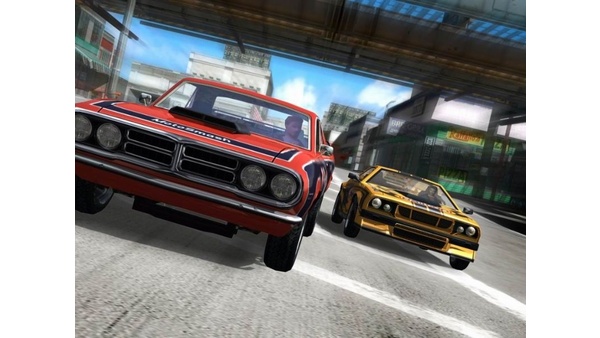
Yet the groundwork was there and, with some tweaks, it soon became clear that a sequel would give it the second crack of the whip it so thoroughly deserved. It drew from the successes of its predecessors but, for all its great ideas, it was… boring. Demolition Racer had wonderfully tight racing, a strong progression system and visual clout.īugbear, which opened its studio in 2000, had only released a couple of semi-decent racing games but went in an all-new direction with FlatOut in 2004. Carmageddon was the upstart with a sense of humor, a flagrant attitude to safety and a solid damage model (including lost wheels, damaged engines and more). It was the strengths and weaknesses of these games that set the standard for what was to come. It was, however, one of the purest car-on-car fighting games of all time, even though you could (but rarely did) win by racing. I personally loved it, even though it featured confusing tracks and idiotic AI, and showcased the worst handling ever seen in a racing game. To describe the game as “much-maligned” is an understatement. The perfect pairįirst up was the overtly violent, Death Race 2000-inspired Carmageddon back in 1997.

Soon after, games like Twisted Metal and Vigilante 8 rightly found fame among banger racing enthusiasts who wanted more of a game world to explore, though it was two rival titles in particular that really made headlines for the right reasons. Nonetheless, this revolutionary series went on to frame the way that its successors, including FlatOut 2, worked.

Ultimately, these early Destruction Derby games from Reflections–which went on to create Driver–introduced, but far from perfected, the damage-reliant simulation model. Races were more brutally unforgiving than ever, and its difficulty curve often felt exponential fun often relied on luck. It was followed just a year later by its sequel Destruction Derby 2, which capitalized on a strong spike in the genre’s popularity. Its six-zone system saw wheels and panels warped and destroyed beyond belief, particularly in its showpiece “bowl” mode, which was an exercise in survival more than proactive attacking. market, focused heavily on aggressive racing and pioneered the concept of car damage beyond a simple health bar. The imaginatively titled Destruction Derby, which narrowly missed the PlayStation’s launch in its native U.K. In 1995, the popularity of destruction derby games exploded.
-3.jpeg)
Ubisoft Reflections Early, destructive success


 0 kommentar(er)
0 kommentar(er)
